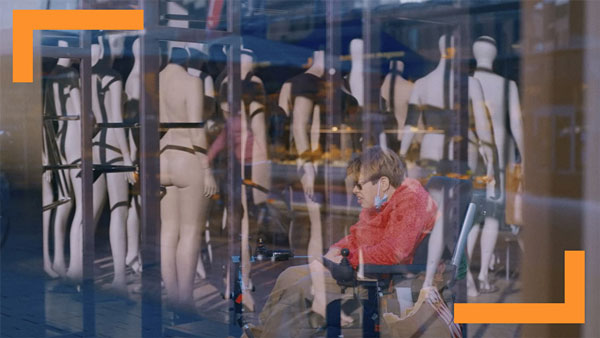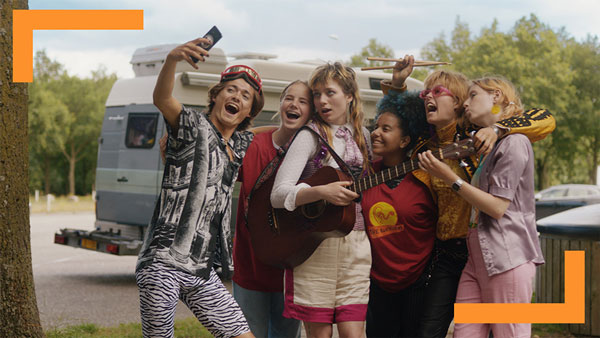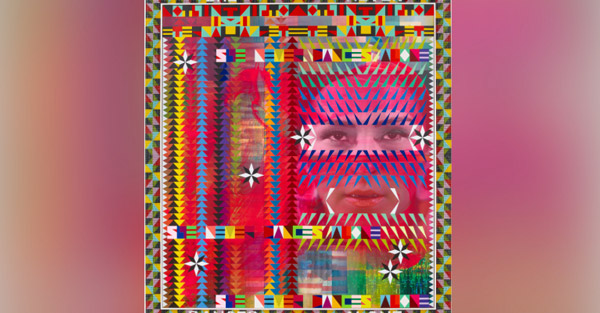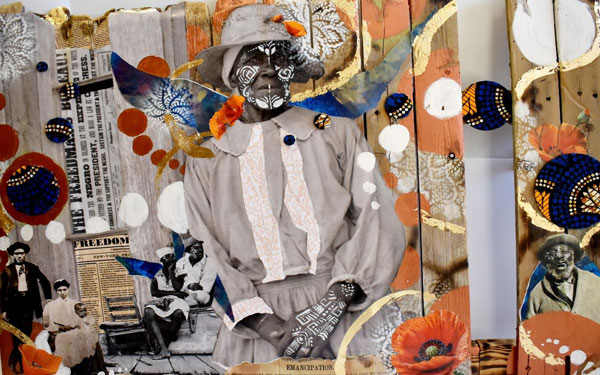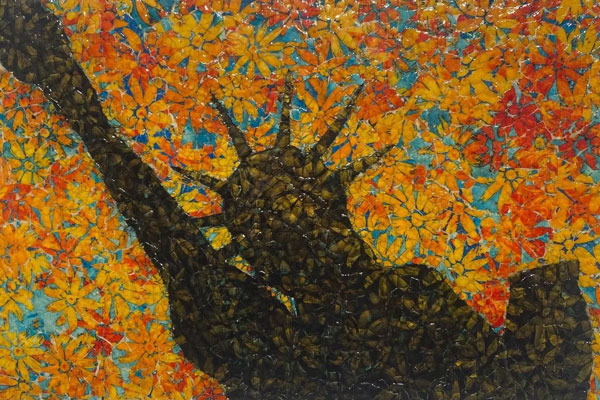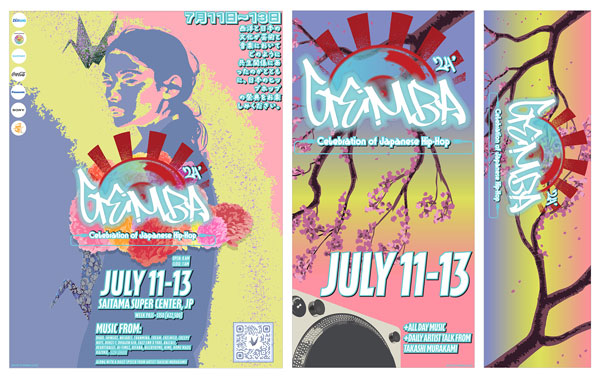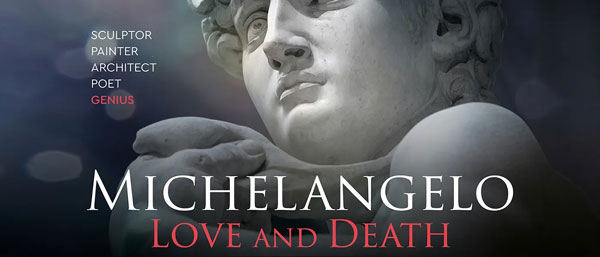By Shen Shellenberger, JerseyArts.com
originally published: 07/15/2022
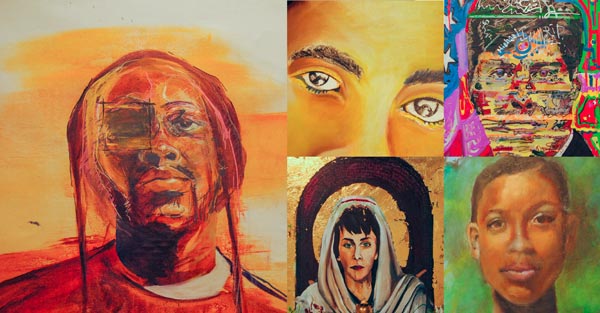
Every day, we read an all-too-familiar report on our news feed — another life is lost to gun violence. It is a deadly epidemic.
Violent deaths are also police matters, and the details quickly become fodder for the public, leading to misunderstandings and misconceptions. It seems to be human nature to look for something or someone to blame, whether it’s the victim, the parents, the circumstances or the places to avoid. But the undeniable fact is people close to the victims are dealing with a personal loss and need support and compassion.
Those are the stories we often don’t hear.
But in two exhibitions, “Souls Shot Portrait Project” and “The Potential Project: 21 Stories of Trenton,” on view through July 16 at Artworks Trenton, we are shown the world beyond the headlines.
According to its mission statement, the “Souls Shot Portrait Project” aims to “bring attention to and memorialize the lives lost and tragically altered due to gun violence. Portraits have the unique ability . . . to profoundly affect those who see them.”
Similarly, the intention of “The Potential Project” is “to use art to acknowledge the stories and lives of those we have lost to violence, and to imagine our community healing.”
Laura Madeleine, Executive Director and Curator at Souls Shot, told me the project got its start after she saw an exhibition by Philadelphia artist Daniel Hayman, “Hayman had made portraits of a different kind of tragedy,” she said. “His approach caused me to adjust the way I thought about many things and consider whether the approach could be applied to working toward building empathy around gun violence.”
When asked to curate a monthlong exhibition at a Chestnut Hill church, Madeleine put out a call to artists and invitations to the families and friends of victims to see if the two groups could work together. I asked Madeleine if she was concerned about friends and family members being comfortable sharing their feelings and memories with a stranger.
“I was naïve at first, not understanding how difficult it might be for the survivors to talk with the artists,” she said. “Fortunately, we had a core group that Movita (Johnson-Herrell, former Pennsylvania State Representative and mother of two sons who were murdered) introduced us to.”
Through the resulting interaction — in person, by phone, and some only by email and text — people in the two groups got to know each other better, and the artists were able to get a more complete picture of the lives of the victims and the people they were close to.
“One of the real strengths of Souls Shot is the number of artists involved,” she said, “and how we can match them with the individuality of the victims.”
Ann Price Hartzell, an artist who has worked with Souls Shot since its inception in 2016, described her experience with the program as “life-changing.”
“I had just moved back to Philadelphia and was looking for a way to contribute to the community,” Hartzell said. “I heard about Souls Shot, which was a new project then, and got involved.”
Hartzell was paired with Johnson-Herrell, who had just lost her cousin. “I was concerned about my ability to do a traditional portrait,” Hartzell said. But her approach changed after she met the family. “They asked it to be realistic,” she said, “and I wanted, and needed, to do something that would please them.”
The two met for the first time at the exhibition, and they had an immediate connection. “I became part of the family,” Hartzell said. And although that type of relationship doesn’t occur in every situation, those involved do notice a shift in perception over time.”
“The people I came to know from doing their portraits were really special,” she said. “They were working toward something in their lives. They had so much to offer.”
“My viewpoint now is so different,” she said. “By spending time in their community with my Souls Shot family, my lessons are constantly evolving.”
“I don’t pretend to 100% understand,” Hartzell said, “but I have had more direct experiences and learned to see things from their perspective.”
“I am forever grateful to have had the opportunity to be part of this,” she said.
I asked Madeleine what she hopes people will take away from the exhibition. “People who see the exhibitions are more likely to do something,” she said.
“We want them to get chills when they see the portraits, to understand what we lost,” she said, “and we want for the victims’ loved ones to know that this is making a difference.”
Bentrice Jusu, the Trenton-based multimedia artist, community leader, teacher, mentor and more, who created “The Potential Project: 21 Stories of Trenton,” also believes in the importance of sharing the stories with a wide audience.
“I want to bring people in to see it,” Jusu said. “It’s powerful.”
As Jusu’s curatorial statement says, “The exhibit honors the possibility of what each person featured might have been — the explosive, creative potential they had and their impact on those who knew them.”
The idea for the project grew out of Jusu’s personal experience of gun violence at the Pulse Nightclub shooting in Orlando, together with losing one of her talented students, Jahday, to violence in Jusu’s hometown.
“What would have happened with my unfinished work had I died in Orlando?” she asked herself. “What becomes of Jahday’s poetry and film projects?”
The exhibition features four-dimensional portraits of Trentonians who lost their lives to violence. It uses augmented reality technology (and a free-to-download app) and multimedia pieces created by Jusu and a team of Trenton-based artists, based on two years of interviews with the people who have lost loved ones and the artists’ own reflections and experiences.
Another key to understanding the portraits is to know that images against a yellow square are of someone who has passed; those depicted without the square behind them are still living.
In our conversation, Jusu made a point that I had not considered before — that an exhibition is a safe place to encounter what is represented in the portraits, but places where the events happen are not safe spaces. “It is important to remind everyone of that,” she said.
For me, a standout portrait is the one of SeQuoya Bacon-Jones, the 9-year-old girl killed by gunfire while playing outside the apartment where she lived. The work is large, maybe 3 feet by 3 feet, and SeQuoya’s face, rendered in black-and-white against a yellow square, occupies most of the canvas. It is a heart-wrenching work.
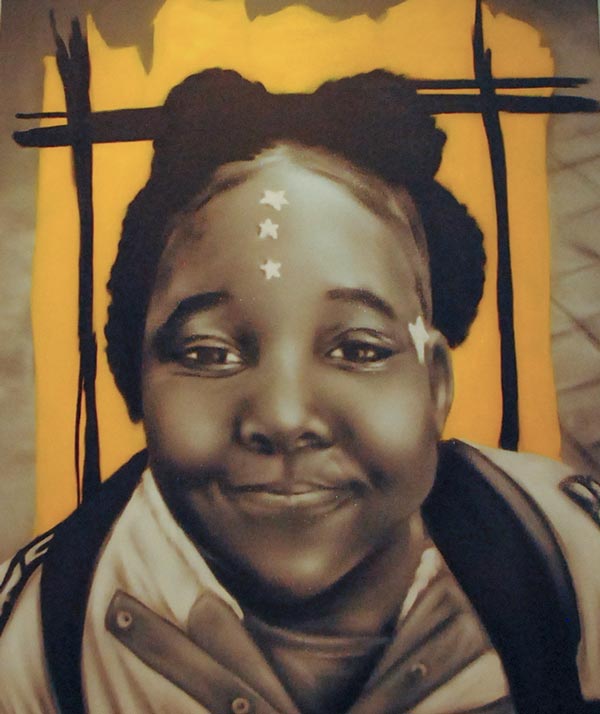
Bentrrice Jusu, “SeQuoya Bacon-Jones,” close up
Once the exhibition closes July 16, many of the portraits will be installed in places that have significance to the people in the works. “It is important to illustrate that this is close to home for everybody.”
“The square represents the 7 square miles of Trenton,” she said, “and the yellow bleeds outside the restrictions placed on us.”
Through this exhibition, Jusu also wants to show people that these events involve everyone and that we are all part of them. “People need to look inward and allow their life to stand for something.”
This brings us back to potential.
“There is so much promise in that word,” Jusu said. “It’s a word that is haunting.”
“It’s like a sad movie on a Sunday morning.”
Editor’s Note:
Artworks Trenton will mark the closing of "The Potential Project" Saturday, July 16, at 12 p.m with “Sunflower Letters,” an interactive experience that will inform the next steps for the project and provide a space to discuss the impact this exhibition has made in the Trenton community.
Story Artwork: Bentrice Jusu, portrait; B. Douglas Smith, “Calling - Portrait of Michael John Miller”; Loren Dann, “Portrait of Diane Moles Kriz”; Laurie Lamont Murray, “The Unfinished Life of JuJuan McDowell”
About the author: Jersey Girl, music lover, and culture geek – Shen Shellenberger has made a career of her life-long love of the arts. From her jobs at WXPN-FM and the Philadelphia Museum of Art, to her 25 years as a freelance writer, she instills her Jersey-born roots in all she does. Whether it’s the beauty of a classic painting, the dynamics of contemporary dance, or the raw energy of rock ‘n’ roll, Shen brings her perspective to whatever she covers.
Content provided by
Discover Jersey Arts, a project of the ArtPride New Jersey Foundation and New Jersey State Council on the Arts.
FEATURED EVENTS
To narrow results by date range, categories,
or region of New Jersey
click here for our advanced search.






